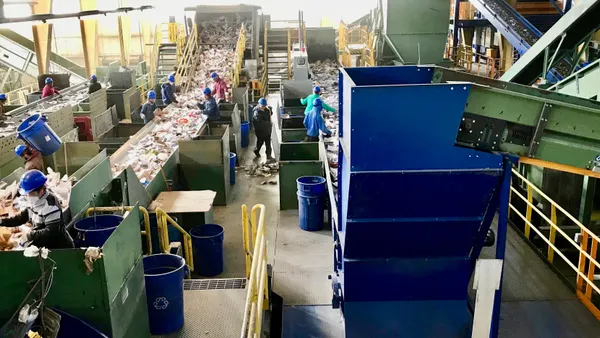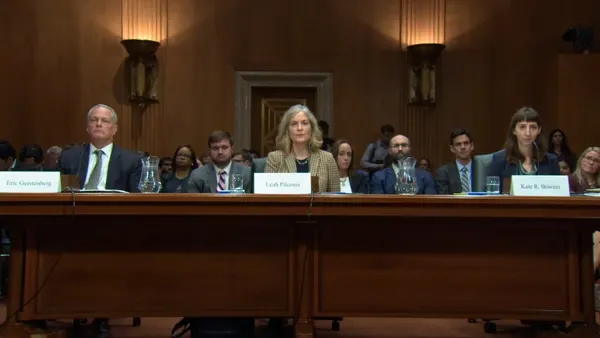Dive Brief:
- School children seem to like local food; they eat more and trash less. According to results from a U.S. Department of Agriculture survey, at least 42,000 schools bought $598 million of local food in the 2013-2014 school year.
- Schools report that one of the benefits is less food waste, and plate waste was reduced by 17%.
- "There's universal interest in this, and that's why we've seen dramatic increases in sales, and why we think there's still a lot of upside potential to this," Secretary of Agriculture Tom Vilsack told The Salt in an interview.
Dive Insight:
The topic of food waste is one that is spreading across the industry. Consumers, supermarkets, and even schools are contributors to the 133 billion pounds of food that is wasted each year. It will require a global effort to reduce the waste. In Europe, Tesco made changes in its supply chain to reduce up to 250,000 metric tons of food waste. In the United States, the USDA and EPA set first-ever national food waste reduction goals, calling for a 50% reduction by 2030.
Schools can also help lessen the impact of food waste by educating students. In New Jersey, a state government program gave Maple Shade School District a $10,000 Sustainable Jersey grant to start a food recycling project in the K-12 school system. The Sustainable Jersey Small Grants Program is awarding funds for projects, and the district's new food recycling effort fits that focus.











